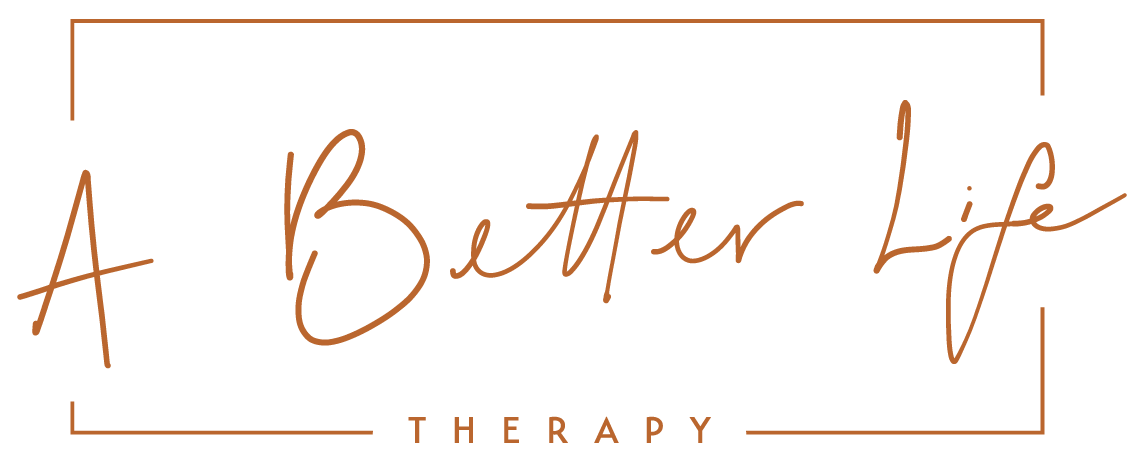Triangles in Relationships
Have you ever heard of triangles? Murray Bowen, a pioneer in family therapy, observed triangles in families. A 2 person relationship is the basic unit of any emotional system. However, two person relationships become unstable during stress. Under stress, it’s common that a third person is drawn into the system. This third person is either used as “two against one” or as “two helping one”. In essence, when there is a problem between two people then a third person gets brought in to help alleviate the problem. This can be a good temporary solution. I’m sure we could all come up with a time that a 3rd person was needed to solve a problem. In most cases, however, this becomes a dysfunctional way of managing stress within families and relationships. The third person absorbs the stress and the initial two people are able to avoid managing their conflict. The discomfort expands into the family and creates roles (sometimes unconscious) that are repetitive and can become life long patterns. This is how it can look: Mom is frustrated with Daughter # 1’s disrespectful behavior. She calls Daughter # 2 and cries about how sad it makes her. She asks Daughter # 2 to talk some sense into her sister. Another example, Dad and Mom are divorced. Dad calls son and says “can you let your mom know I’m running late to pick you up for our visit?” Thereby, relieving his own discomfort about letting his ex-wife know. Are you a part of any triangles? If so, try to unravel yourself. When Person A comes to you to help you relieve their tension with Person B, see your self out.
Elizabeth Earnshaw, LMFT is a licensed marriage therapist in Philadelphia. Elizabeth supports individuals and couples improve the relationship they have with themselves and others through better communication, self soothing, and a clear understanding of what a successful marriage looks like. She believes that any committed couples who is willing to do the work can walk away from therapy with more clarity and connection in their relationship.

